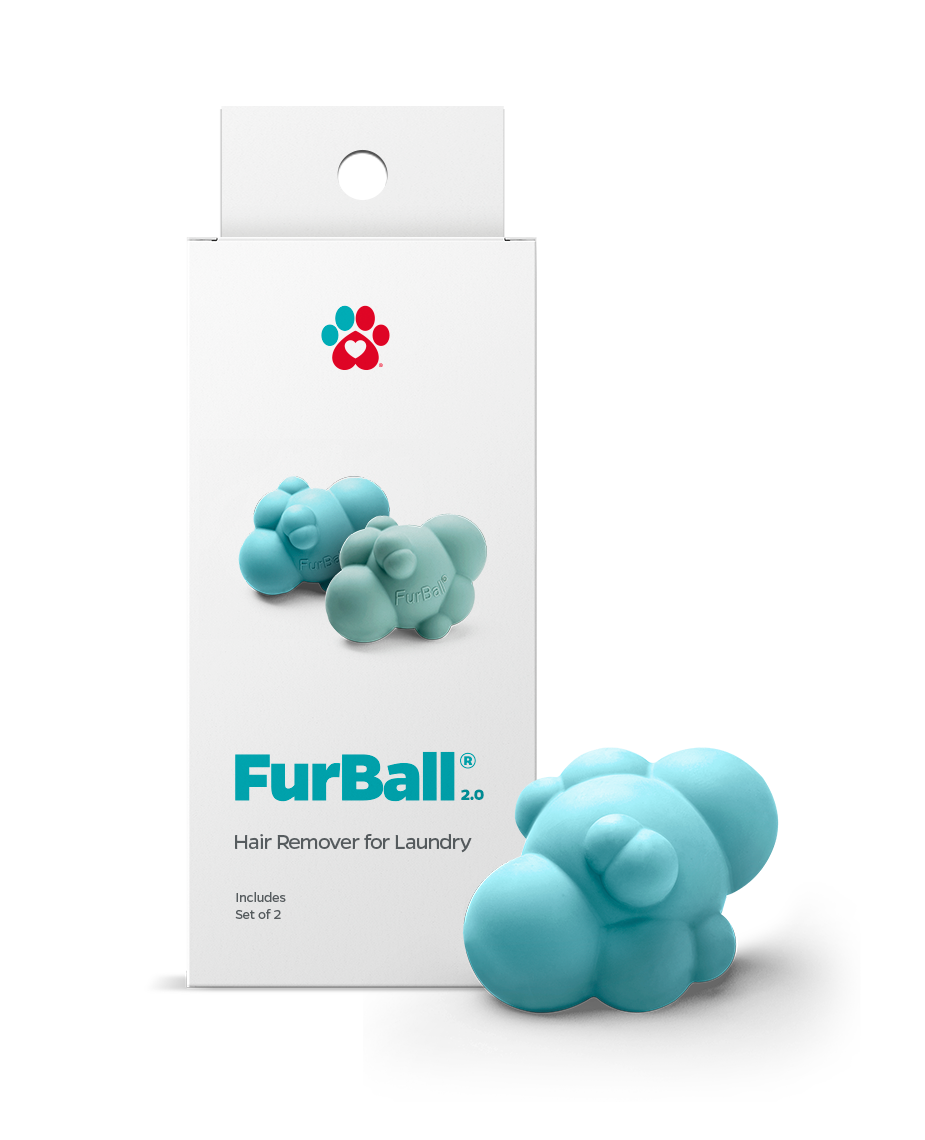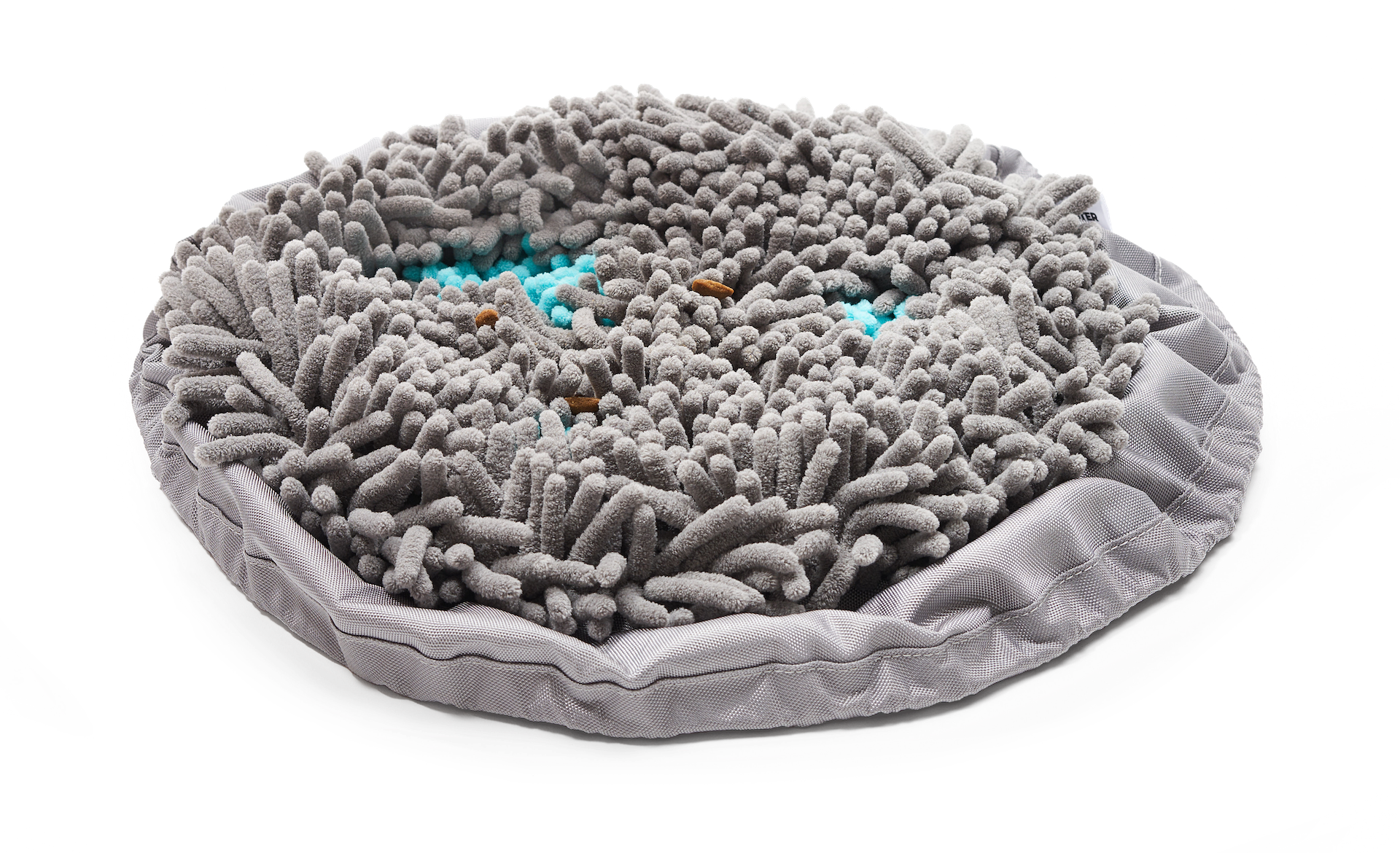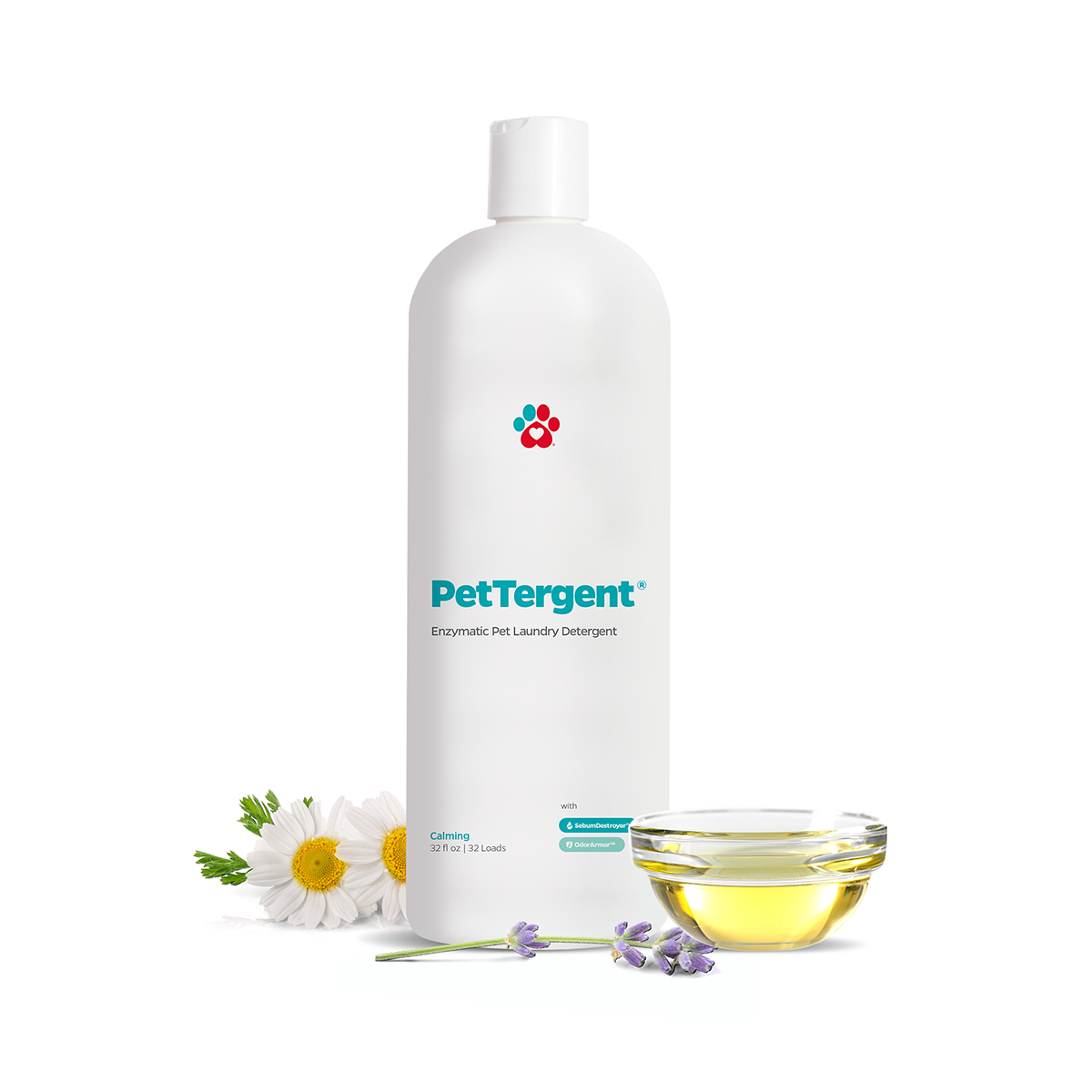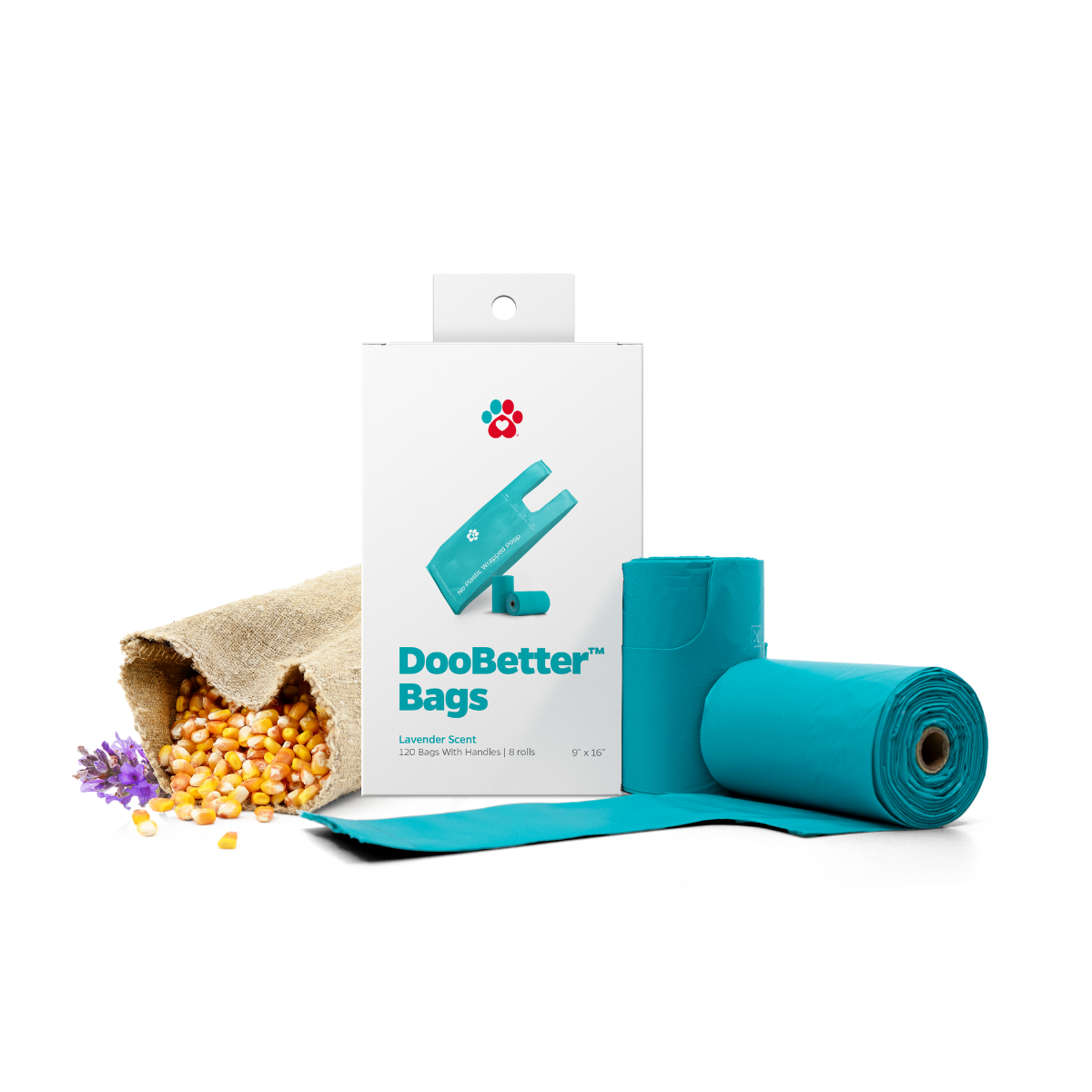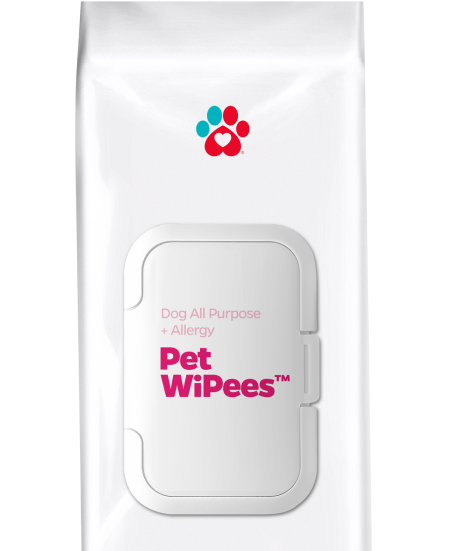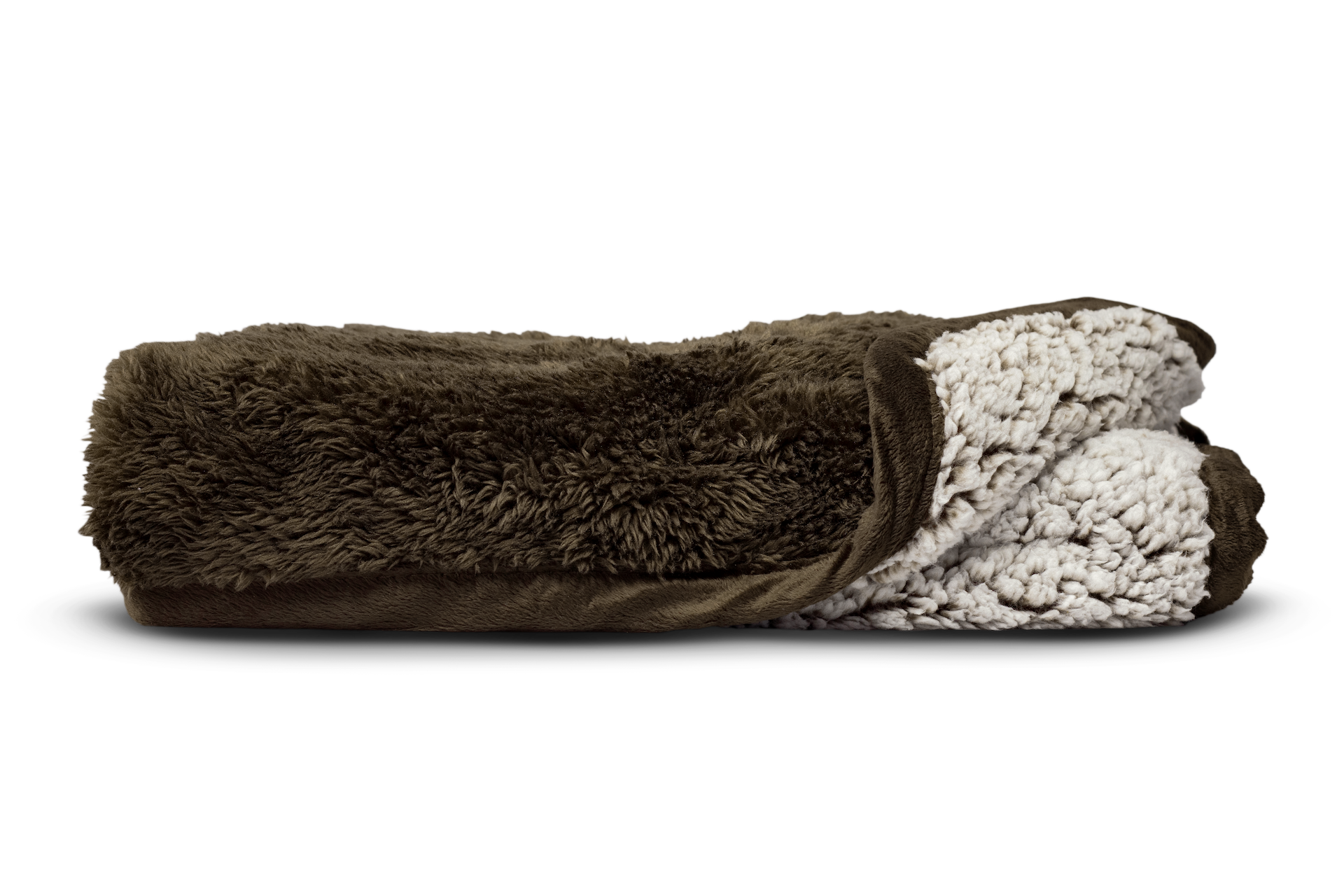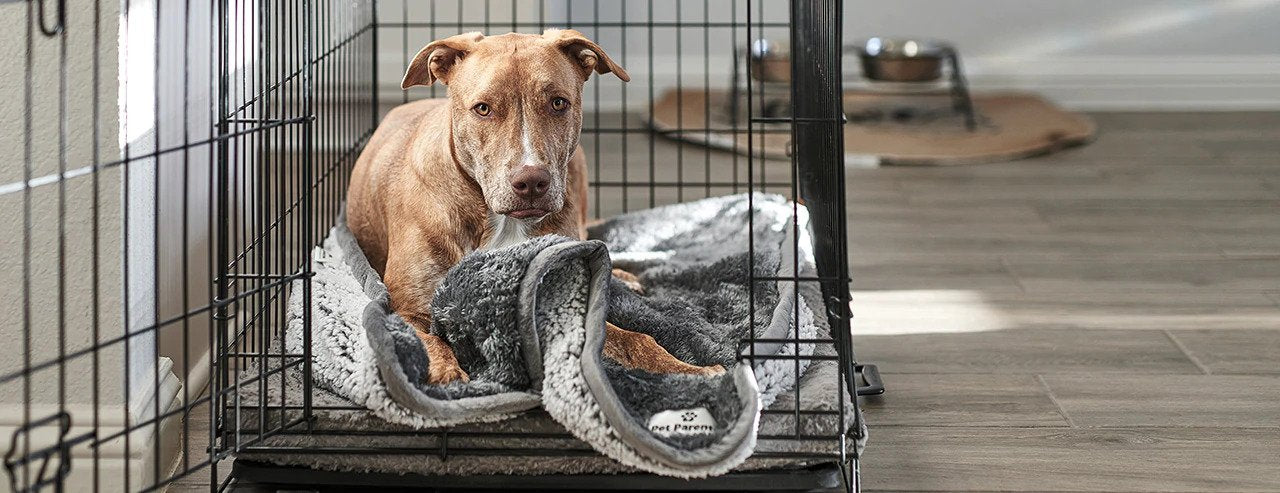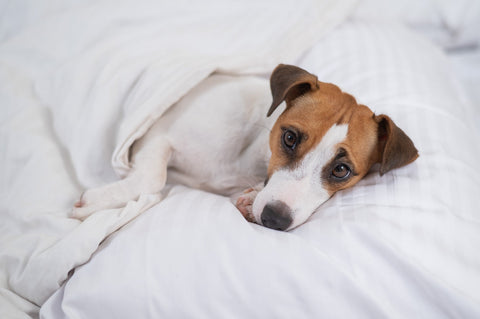Your dog's overall health means a lot but some parts of the body are more easily affected by illnesses and diseases. One of these body parts is the female dog vagina.
In this article, we’ll identify what the female dog vagina is, its different functions, if it’s healthy or not, the efficient ways to properly care for it, and if it's time to make a call to your vet.

"Vaginal issues can be caused by many reasons. These can be because of bacteria, pathogens, foreign bodies, and may also be because of underlying health conditions like pyometra, UTI, or tumors."
Getting to Know Your Dog's Vagina
Do dogs have vaginas? Yes, indeed! Your dog’s vagina is made up of different parts. The outer part of a female dog's reproductive tract is called the vulva. A dog vulva consists of two labia which are thick folds of tissue, connected both at the top and the bottom. Then, there is vestibule that lies inside of the vulvar opening. Your dog’s vagina opens into the vestibule just like the urethra, which is the tube that drains your furbaby's pee.
Where is a dog’s vagina? Female dog genitals are located between a female dog’s legs further back towards the tail. You may not notice it as much when it is not swollen. However, when the dog vagina is swollen due to heat or other causes, you can easily identify it.
A Healthy Dog Vagina
To be able to tell if something is not right with your dog's vagina, first you need to identify how it usually looks like when it’s healthy. So, what does a health dog vulva look like?
As mentioned, the dog vulva is what you call the outer part of your dog's reproductive system and on the outer layer, too, are two labia. In a healthy vagina, these parts become swollen when your dog is in heat and releases a bloody vaginal discharge. Dog vaginal discharge is completely normal with a healthy dog vulva.
A healthy dog vulva’s appearance may also change over time if your dog is not spayed. On months where your dog is not in heat, the outer part of your dog’s vagina may appear pinkish in color, with no abnormal discharge and foul odor.

Is Something Wrong With Your Dog's Vagina?
Most of us are not sure whether or not our dogs have vaginal issues. Here are the signs to look for with female dog genitals:
- Abnormal discharge from the vulva (yellow, green or white) which has pus or blood
- Dog vagina smells of a foul odor
- Dog licking vaginal area
- Excessive rubbing of hind area
- Licking of the vulva, to the point that the vulva gets dry and flaky
- Frequent urination with signs of discomfort
- Male dogs may show sexual interest in your dog even she's not in heat
Vaginal issues can be caused by many reasons. These can be because of bacteria, pathogens, foreign bodies, and may also be because of underlying health conditions like pyometra, UTI, or tumors. Other causes, according to VCA Hospitals, include vaginal trauma, yeast overgrowth, ectopic ureter, and vaginal abscesses.
Common Vagina Problems in Dogs
A healthy dog vagina can be upset by a number of problems. From vaginitis in dogs to a yeast infection in dogs, here are a few of the most common problems you might come across.
Vaginitis in dogs. Female dog vaginitis is the inflammation of the vagina. Vaginitis in dogs may occur mostly before puberty or in mature dogs but is especially common in puppies. Vaginitis in dogs is mainly because of bacterial infection.
Vaginal overgrowth. This includes vaginal prolapse and vaginal hyperplasia. The vaginal tissue becomes swollen when your dog is in heat. The swollen vaginal tissue may be seen through a dog’s vulva. Vaginal overgrowth is caused when a female dog has too much estrogen. It is most common in young dogs.
Yeast infections. A yeast infection in dogs is a fungal infection that can greatly affect your furbaby's vagina. Fungal yeasts exist in and on your dogs’ bodies naturally and they usually don't cause any problem. However, there are many possible reasons that can trigger overgrowth of yeast, causing a yeast infection in dogs. These include medical conditions, exposure to medications, weakened immune systems, unhealthy lifestyle, and improper hygiene.
Rectovaginal fistula. This is one of the many vaginal abnormalities your furbaby may develop. This happens when a hole forms between the vagina and the rectum. This vaginal problem is rare and usually a congenital condition, according to Wag Walking.
Vaginal problems in female dogs can cause problems with breeding, persistent infection, and incontinence. It’s best to consult your vet as soon as you notice something’s not right with your furbaby's vaginal health.
How to Properly Take Care of a Dog's Vagina
There are a lot of ways you can do regularly to take good care of a female dog vagina. Here are some tips to follow to keep your dog’s vagina healthy:
Visit your vet regularly. Having regular checkups with your vet will help prevent any vaginal problems or vaginal infections from worsening. Your vet will be able to perform specific tests and exams on your dog and diagnose any underlying vaginal concerns. From there, your vet will provide you with an appropriate management and treatment plan for your furbaby's recovery.
Bath. You can use a washcloth to wipe her private area when in the bath. Make sure you begin with washing her face first so that other bacteria from her body won't be able to cross her face. Know when to give your furbaby a bath. But remember that giving her baths everyday may disrupt the naturally occurring oils in the skin. In this case, you can just regularly wipe and clean your dog’s private part if her bath time is not yet due any time soon or if she is in a heat cycle.

Healthy diet. A healthy diet can provide your dog with a healthy body. A healthy and balanced diet will help reduce risks of getting diseases, improve their mood, decrease stress, and will help manage a wide range of health problems, including vaginal issues, yes.
A healthy diet may contain protein, fiber, and a lot of whole foods that will be able to provide your dog's daily nutritional needs.
Supplements. Provide your dog with nutritional supplements like Pet Parents® Multivitamin SoftSupps® and Pet Parents® Probiotic SoftSupps® to help her fight off diseases and maintain a healthy state.
Pet Parents® Multivitamin SoftSupps® contains Propriety Enzyme Blend, a wide range of vitamins, and Glucosamine HCL that play key roles in maintaining your fur baby's bodily functions healthy, promoting overall well-being.
While Pet Parents® Probiotic SoftSupps®, on the other hand, contains a branded form of Bacillus coagulans probiotic, BC MS-99®, that helps balance the good bacteria in the body, helping prevent infections and yeast overgrowth.

"Provide your dog with nutritional supplements like Pet Parents® Multivitamin SoftSupps® and Pet Parents® Probiotic SoftSupps® to help her fight off diseases and maintain a healthy state."
Your dog's vagina can signal that there is something not right in your dog’s system. It is your responsibility as a pet parent to confirm any potential issues with female dog genitals this by visiting your vet. If your female dog has a vaginal issue, providing them with extra love and care until she is given the proper treatment plan and has fully recovered. A healthy dog vulva will contribute to your female's overall health and well-being. Your dog’s vaginal heath is as important as anything else for a happier and healthier life for the many years ahead.
